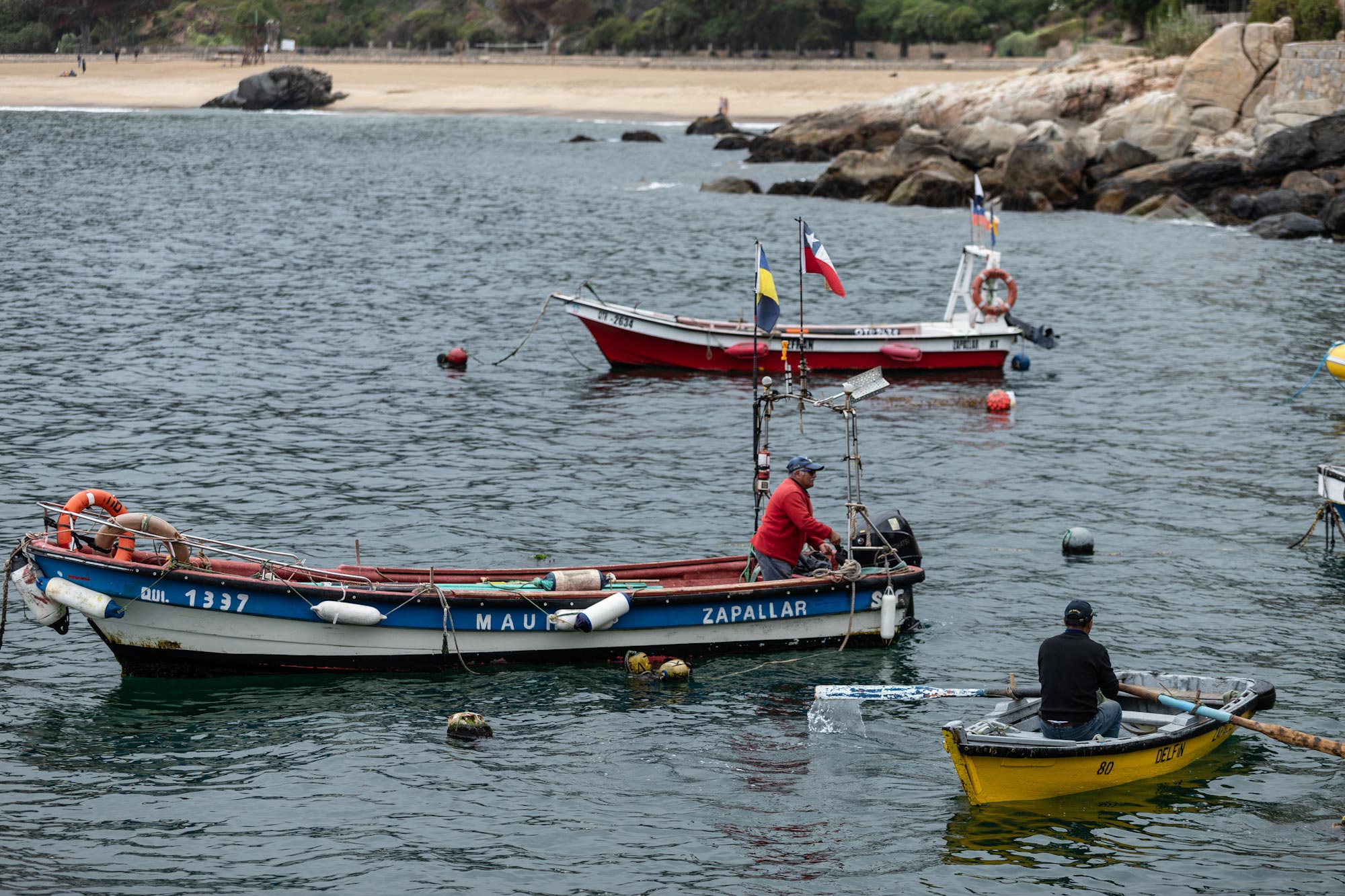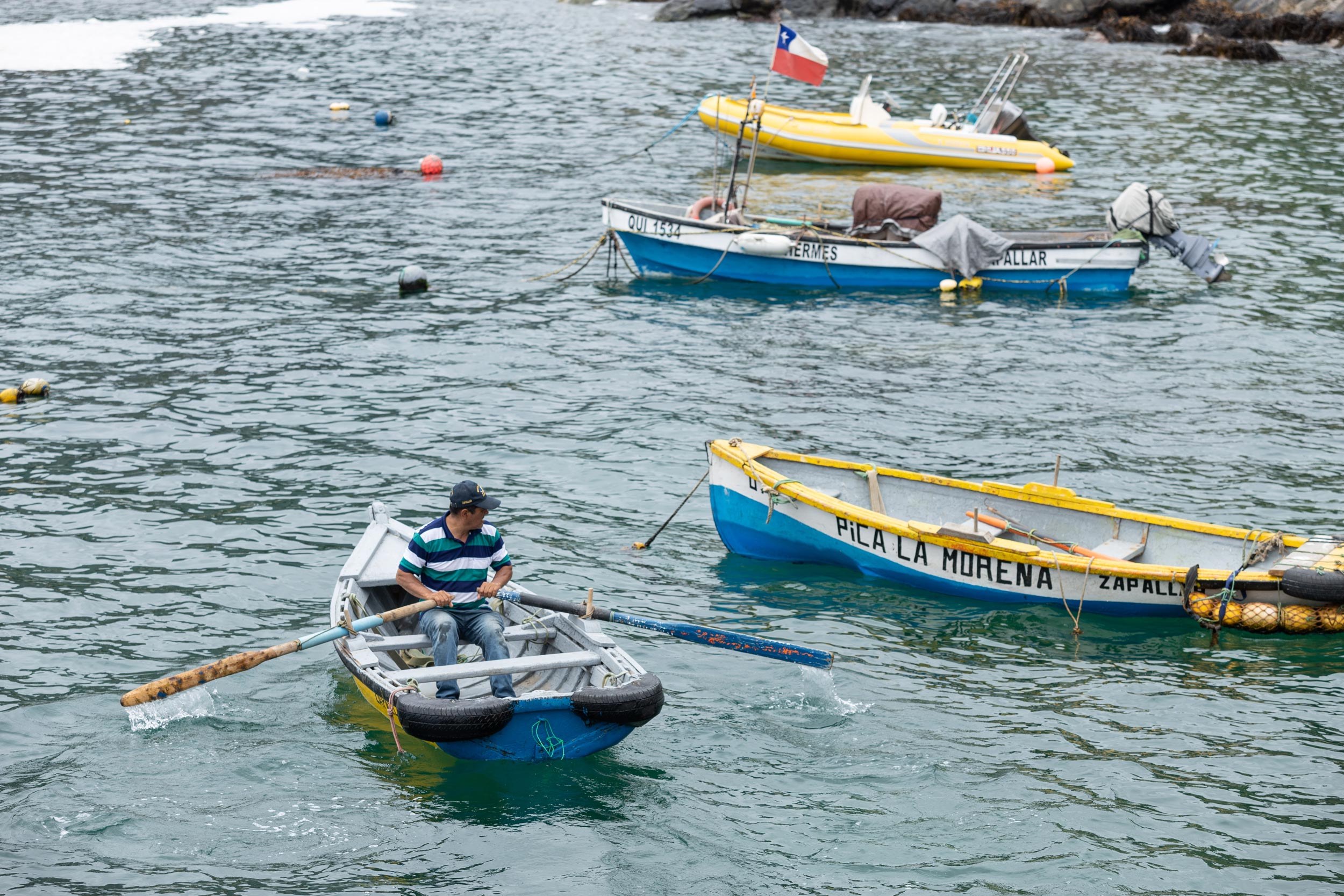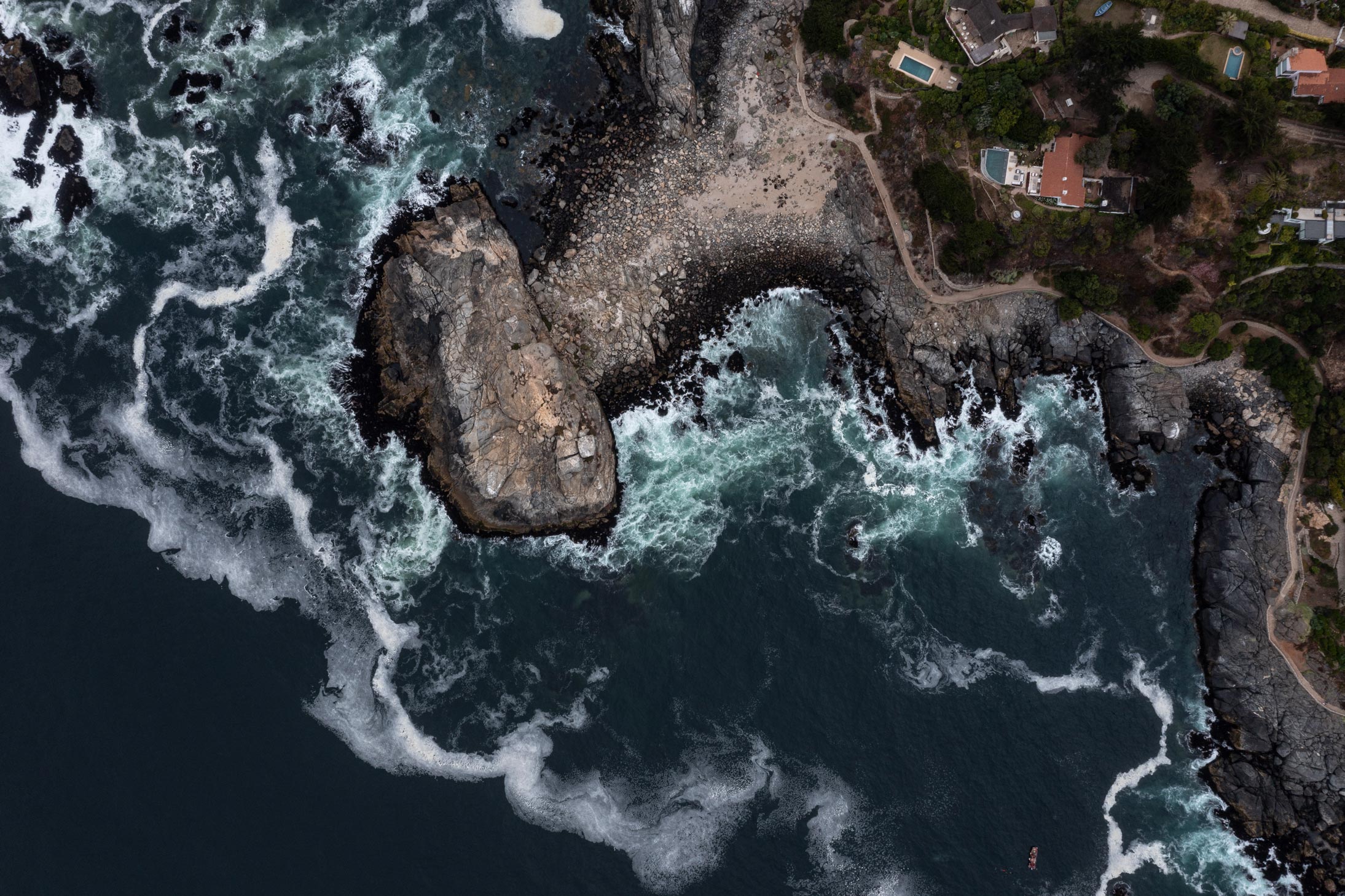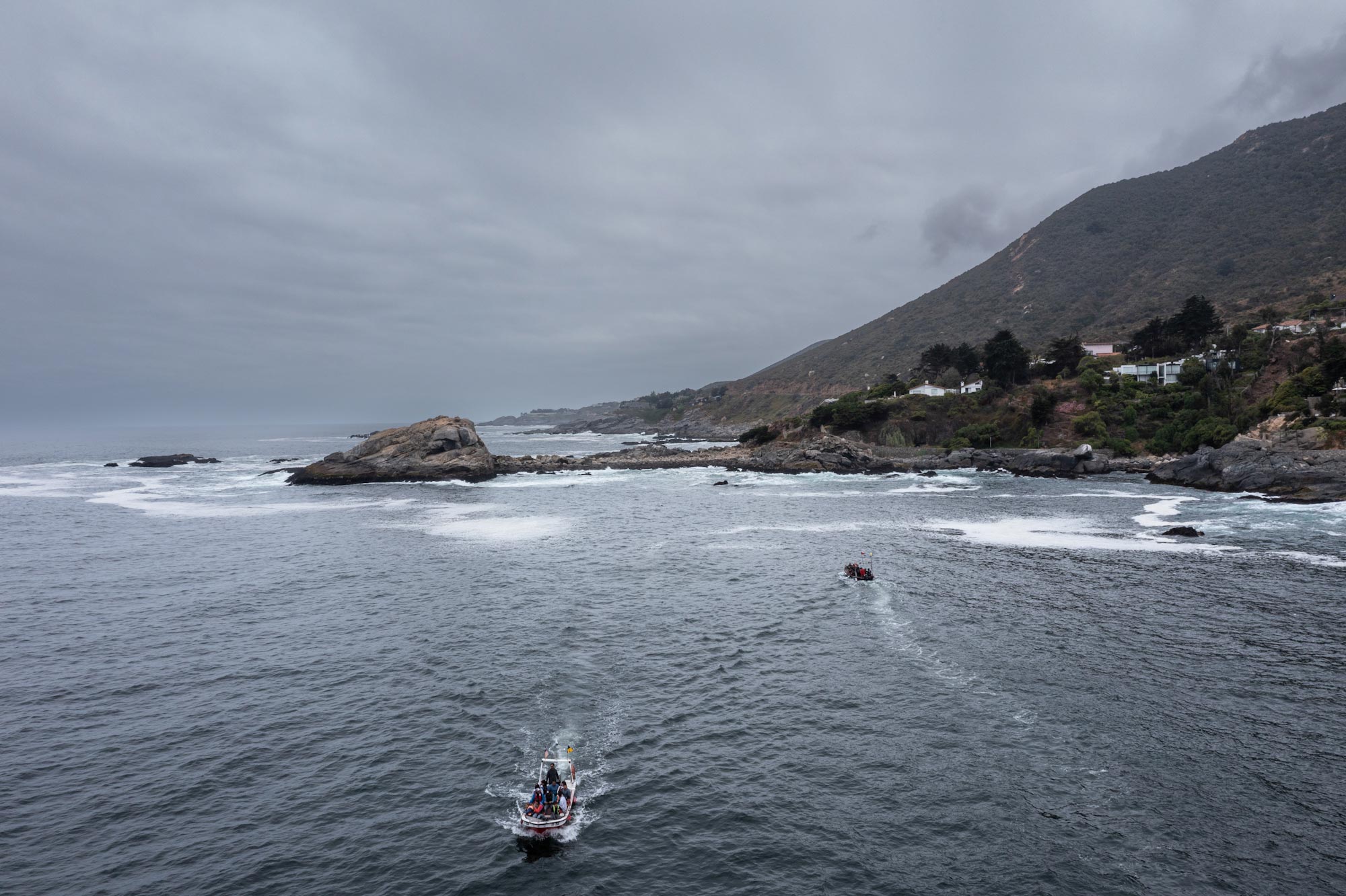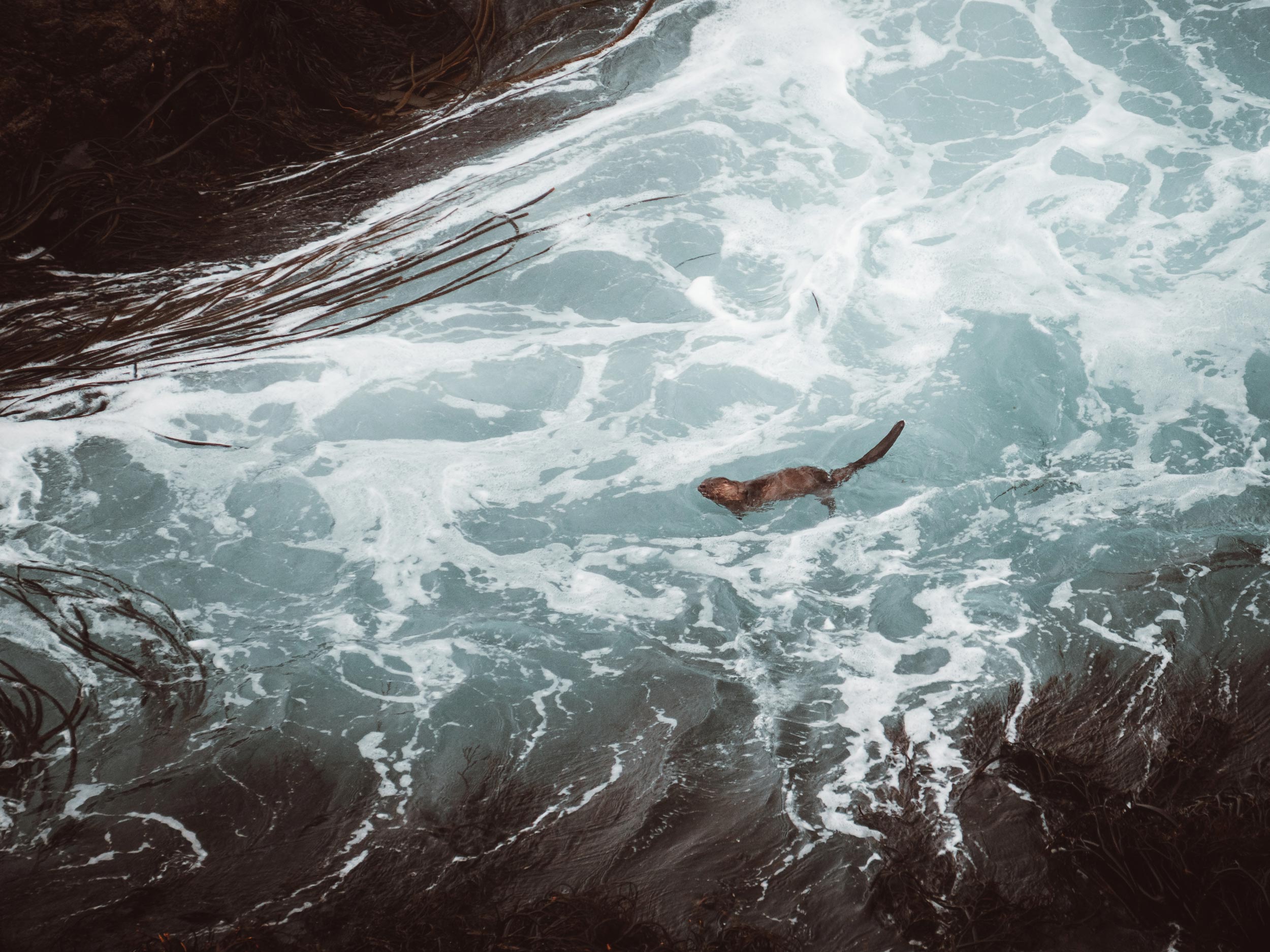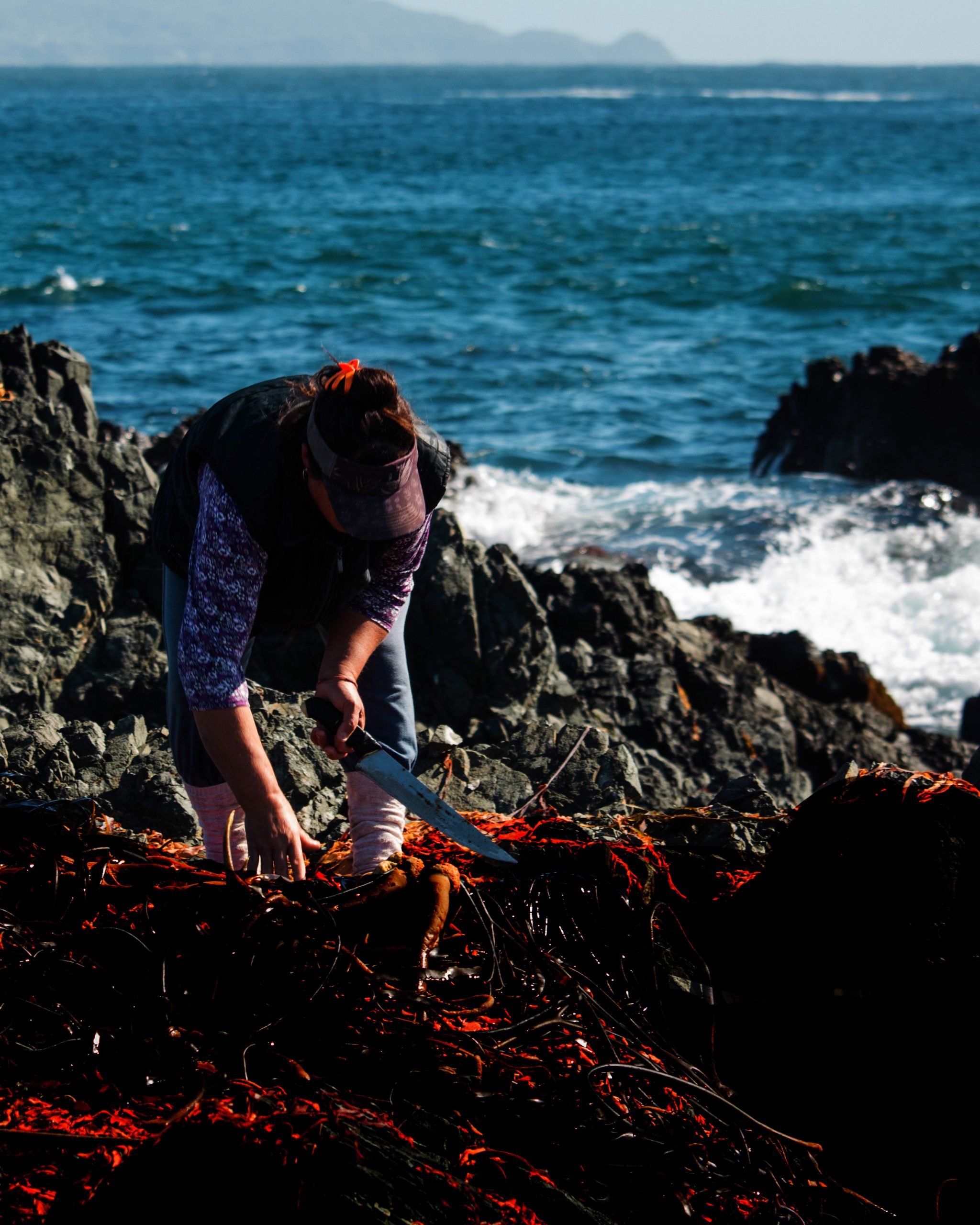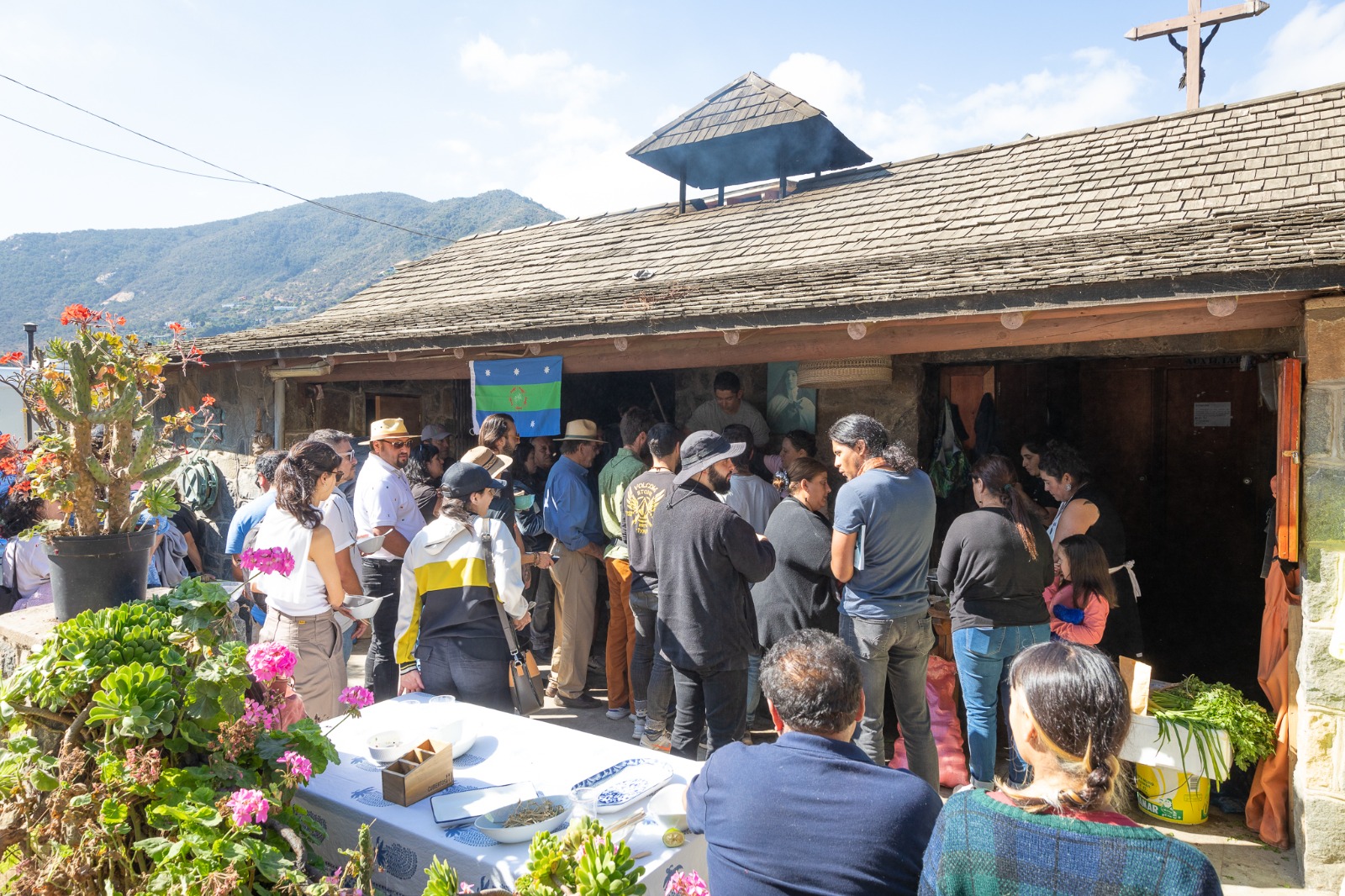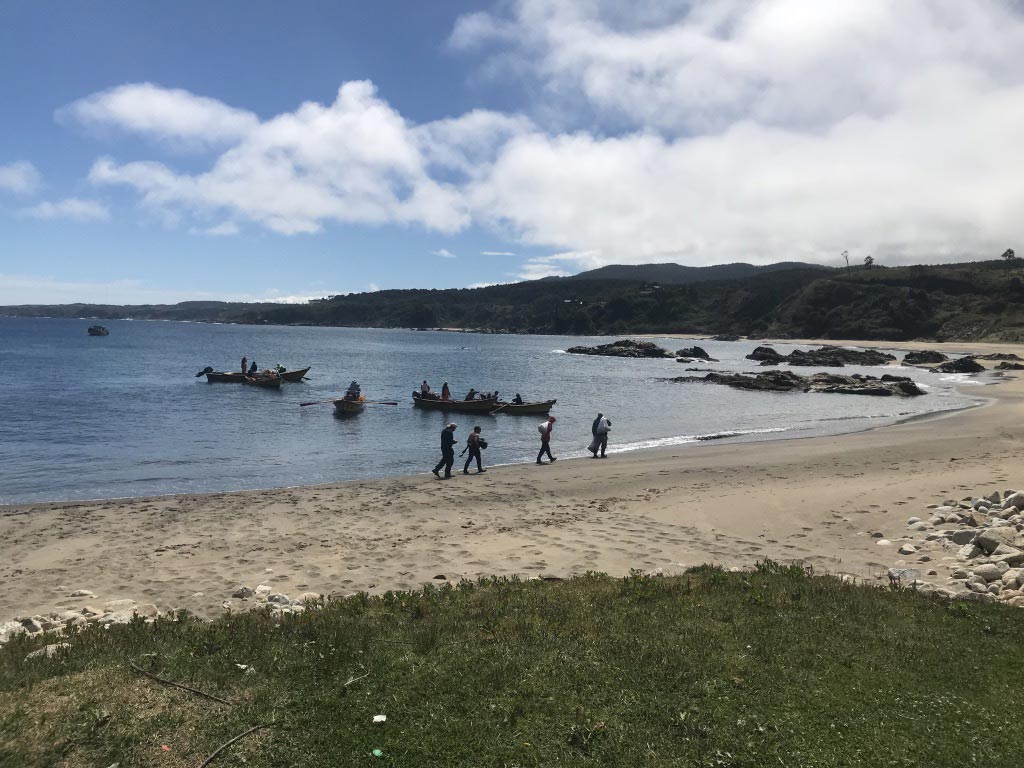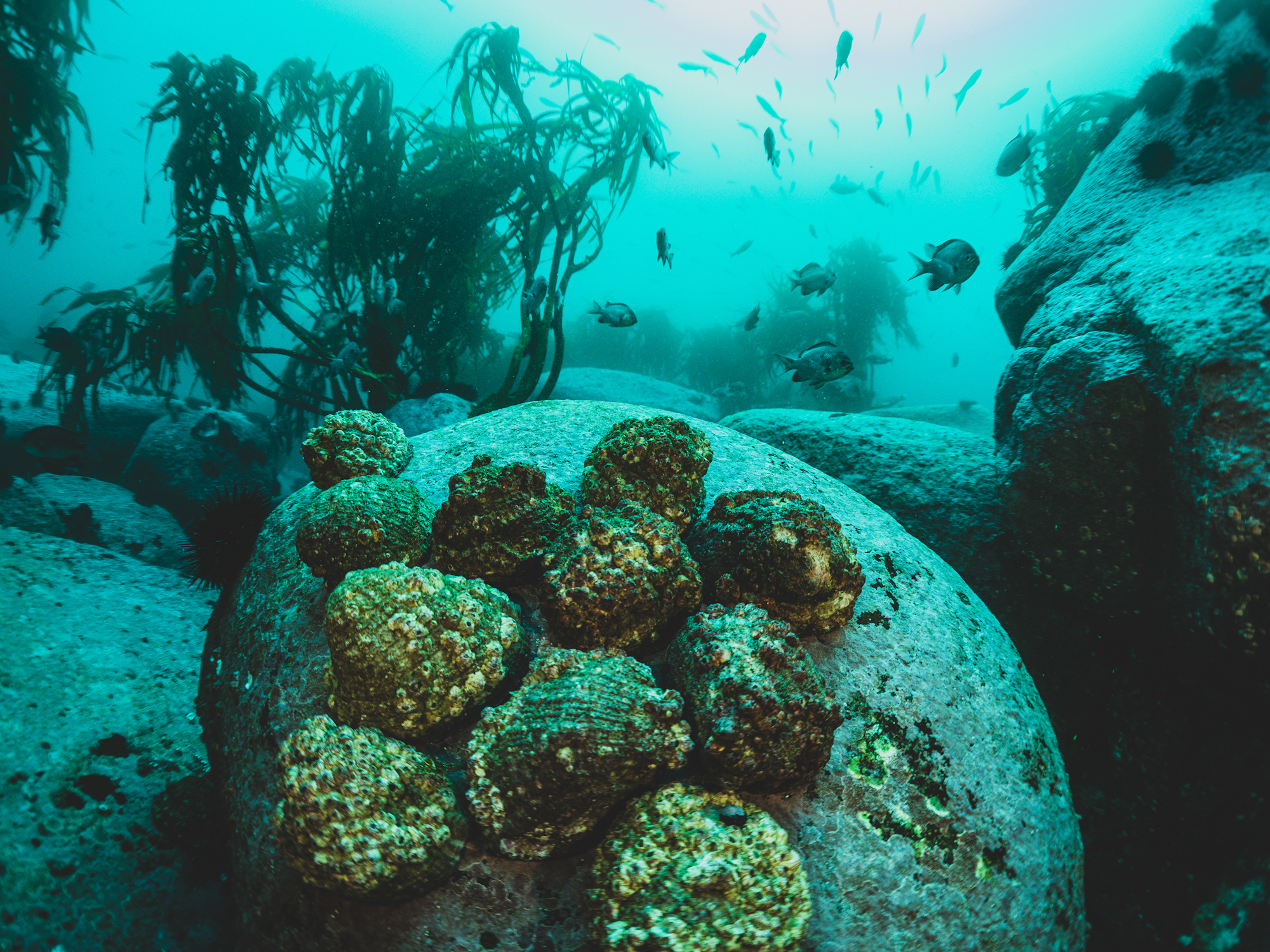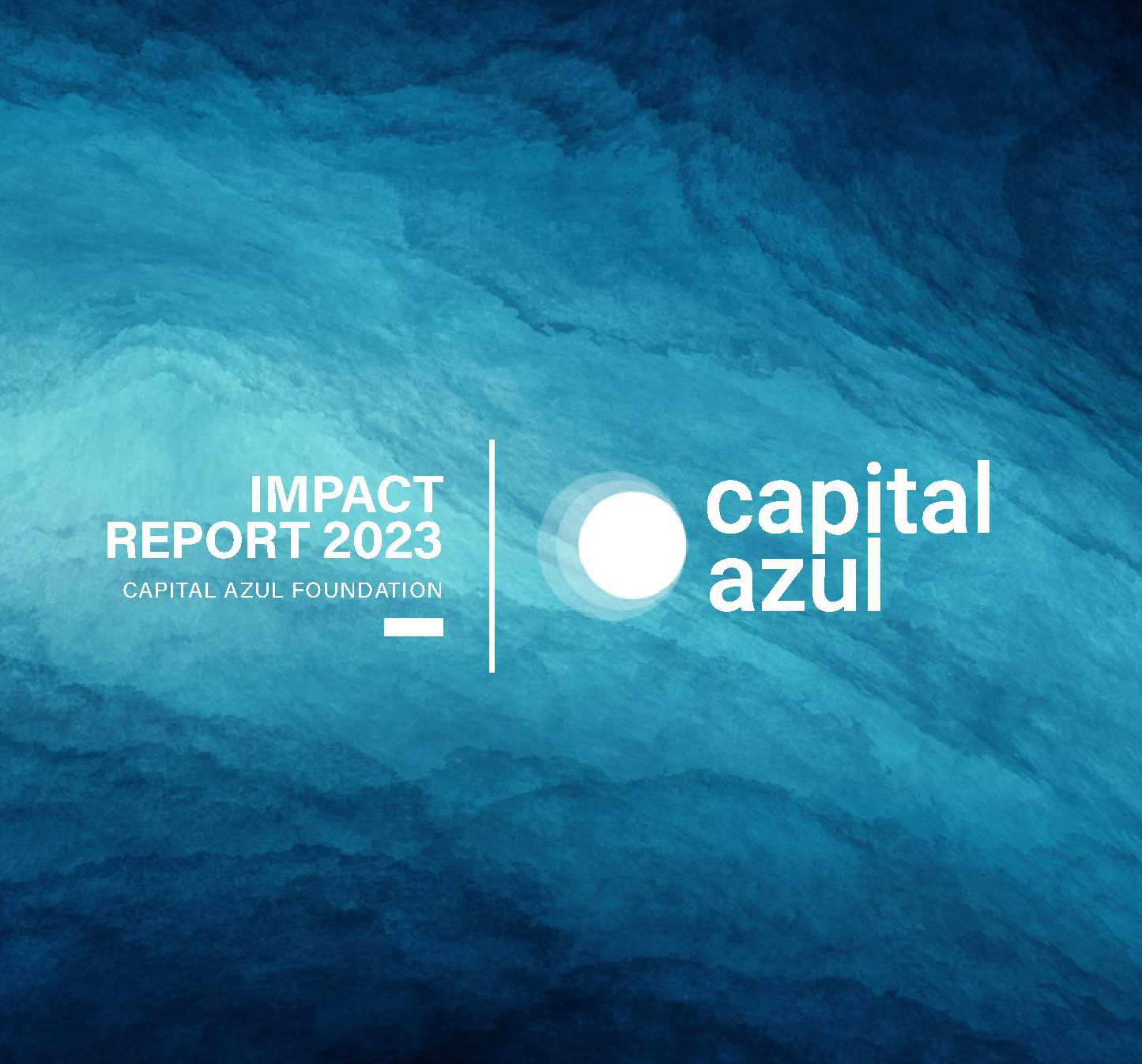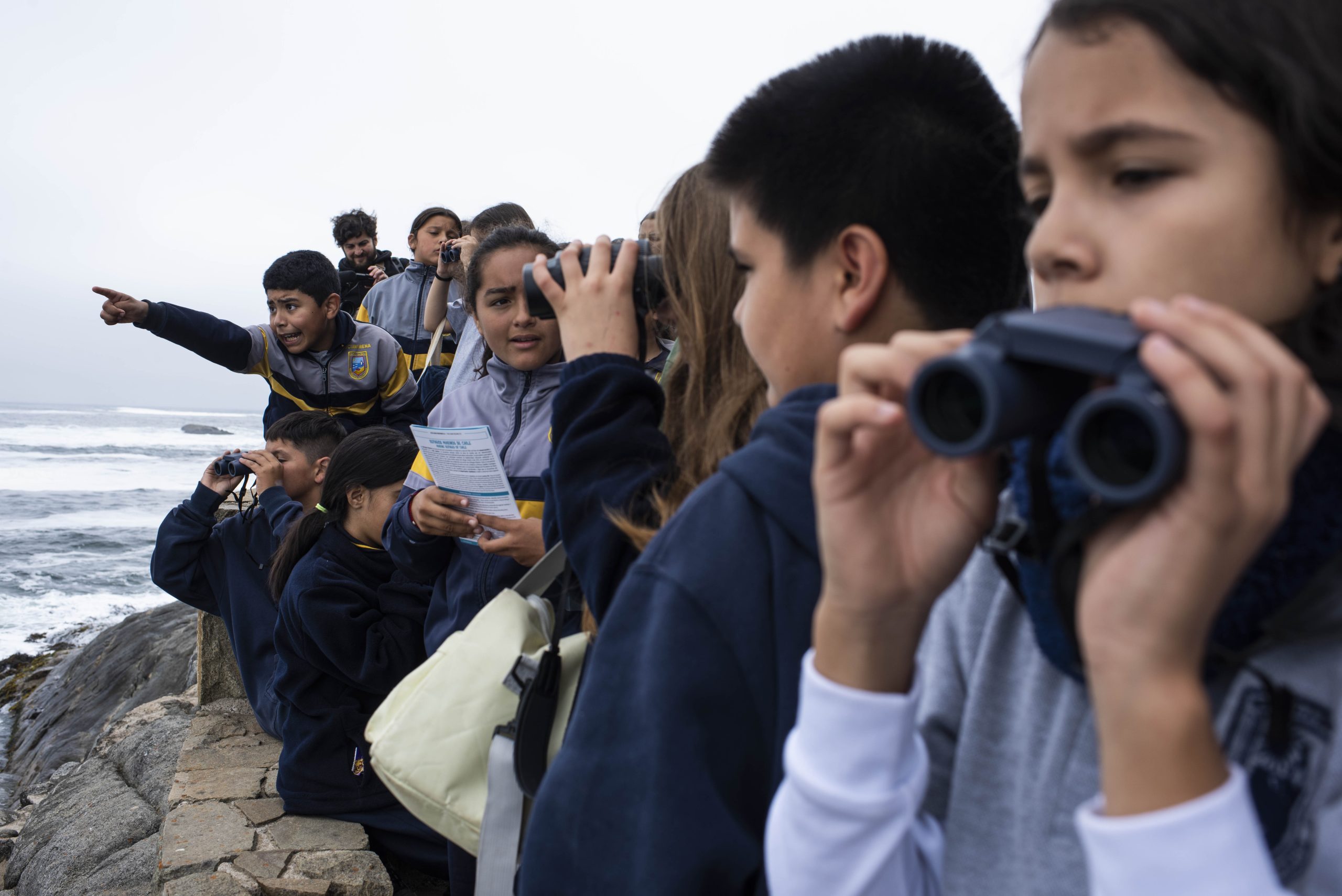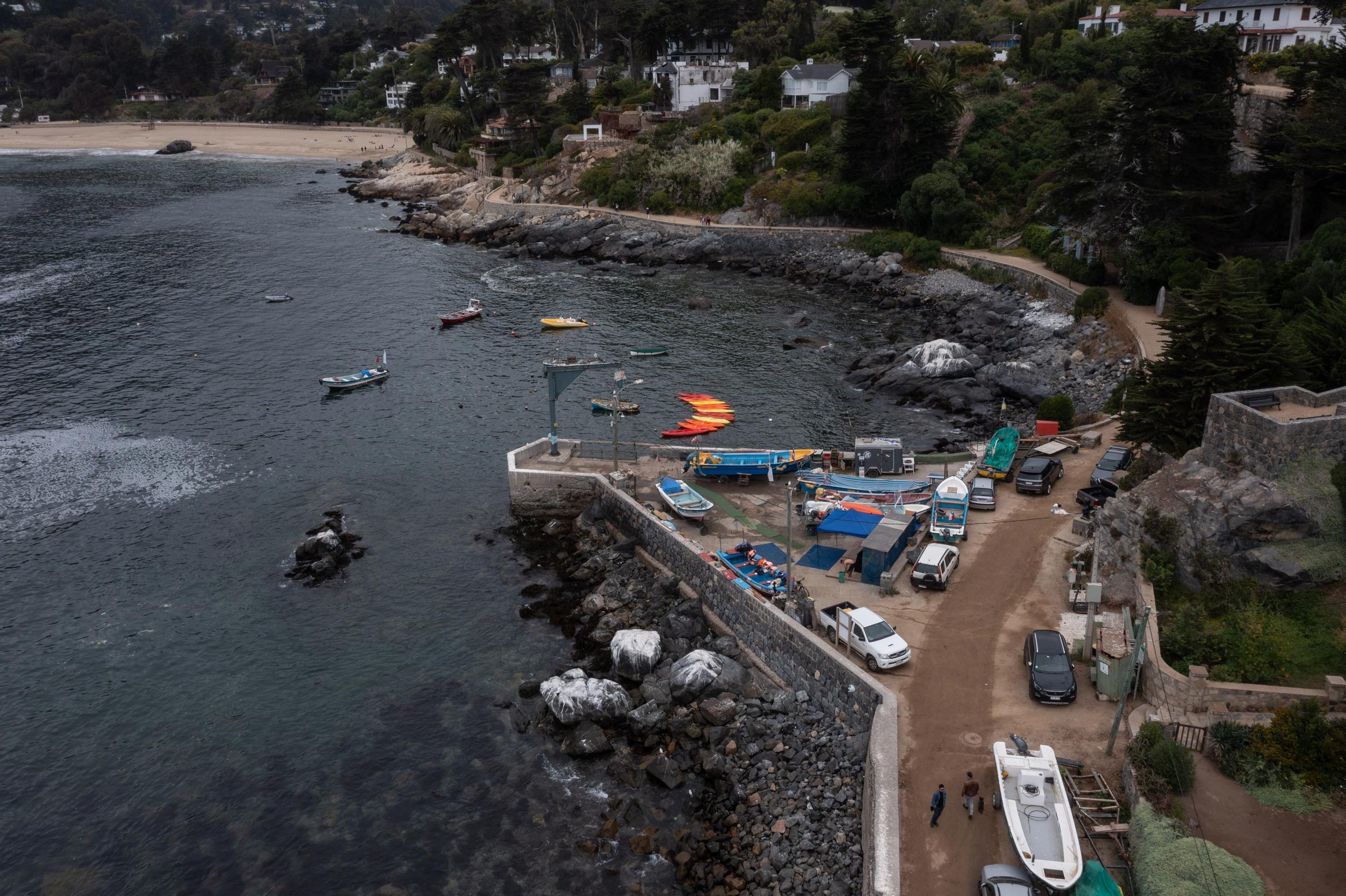One of the great challenges that Chile faces in terms of marine conservation lies off its own coasts. The Territorial Sea, which covers the first 12 nautical miles, has been subject to enormous anthropic pressure for decades. The situation is particularly critical between the extreme north of the country and Puerto Montt, with less than 1% of its surface protected.
Recently, following The Convention on Biological Diversity (CBD) of the United Nations, Chile committed to the 30×30 global goal: to protect 30% of its land and maritime territory by 2030. Although the country has just over 40% of its Exclusive Economic Zone protected, the great debt lies in replicating these numbers in the sea that bathes continental Chile.For this reason, within its Nationally Determined Contributions (NDC) to the Paris Agreement, Chile established to protect at least 10% of the under-represented marine ecoregions (Humboldt, Central Chile, Araucana and Chiloense) by 2030.
Today, the marine-coastal ecosystems of a large part of the country are severely degraded, and artisanal fishers are concerned about the notorious decline of various species of coastal fish that were once abundant.
Facing this scenario, Capital Azul Foundation has been leading since 2016 an ambitious science-based program to establish TURF-Reserves, marine areas of about 15 hectares in which no resources can be extracted. These zones are inserted within the Territorial User Rights for Fisheries (TURF or AMERB, as abbreviated in Spanish) administered by the artisanal fishers unions, who voluntarily adopt this management measure in which they define a non-extractive zone. Thus, Capital Azul has achieved to establish a network of five TURF-Reserves in the Valparaíso region: in La Polcura (La Ballena), Zapallar, Cachagua, Maitencillo and Ventanas.
This voluntary alliance allows combining exploitation and conservation in the same system, consolidating principles defined in the General Law of Fisheries and Aquaculture itself. Thus, it is artisanal fishers who lead the conservation and restoration of marine-coastal ecosystems, strengthening at the same time the role that this traditional activity plays in the sustainability of the ocean, in line with Goal 14 of the UN Sustainable Development Goals (SDGs). Taking into account that in Chile there are almost 800 TURFs, the potential to bridge the gap in marine-coastal conservation is enormous.

Now is the moment
Our country has today an unbeatable opportunity to recognize and promote TURF-Reserves within public policies. Currently, the Benthic law draft is being discussed in Congress, whose text approved by the Senate incorporated a series of indications that established -both for the TURF and in the Management Plans of Article 9° bis-, the recognition of the protection zones (or TURF-Reserves). However, the Executive then presented indications that tend to disregard the protected zones of the TURF, a decision that lacks technical and political foundation, and that ends up discarding a great option to comply with agreements and commitments signed by the country at an international level.
“The TURF-Reserves do not jeopardize the productivity of the TURFs, on the contrary, they improve their productivity, since in a few years we have been able to monitor and accredit the restoration of ecosystems and their biodiversity. As documented in other parts of the world, the spillover effect also allows the areas surrounding the TURF-Reserves, in this case the TURFs themselves, to benefit from this, at the same time benefiting artisanal fishers and their economic livelihood in a context of climate change,” explains Rodrigo Sánchez Grez, Executive Director of Capital Azul Foundation.
“The importance of TURF-Reserves for benthic resources has been quite important as a management strategy. TURF-Reserves are true natural seedbeds. When an area is protected, they give rise to the recovery of benthic resources such as chilean abalones, sea urchins and crabs, and the algae themselves generate the kelp forest (an important carbon dioxide sink) to shelter all these species. If we take care as we are doing with these TURF Reserves, the benthic resources will recover naturally,” adds John Galiardi, President of La Polcura Artisanal Fishers Union.
Next Wednesday, March 8th, the Fisheries, Aquaculture and Maritime Interests Committee of Congress will session to continue the discussion of the Benthic Law in its second constitutional proceeding. An instance that could be key for the legal recognition of TURF-Reserves, a figure that, in a context of global climate change, brings benefits to both artisanal fishers and the degraded marine-coastal ecosystems of Chile.
“It is important to legalize the situation to give the TURF-Reserves the relevance they have. After two years with this experience, the marine biology studies we have carried out show that the area and the resources have been recovered, with good biological scale size, and the algaes have grown, the kelp forests have recovered, and fish and resources associated with these forests have returned. It is a contribution to have a TURF-Reserve within a TURF because the most important thing is to be able to have a benthic resource that is sustainable over time,” says Galiardi.


The TURF-Reserves do not jeopardize the productivity of the TURFs, on the contrary, they improve their productivity, since in a few years we have been able to monitor and accredit the restoration of ecosystems and their biodiversity.
Rodrigo Sánchez Grez
Executive Director of Capital Azul Foundation

